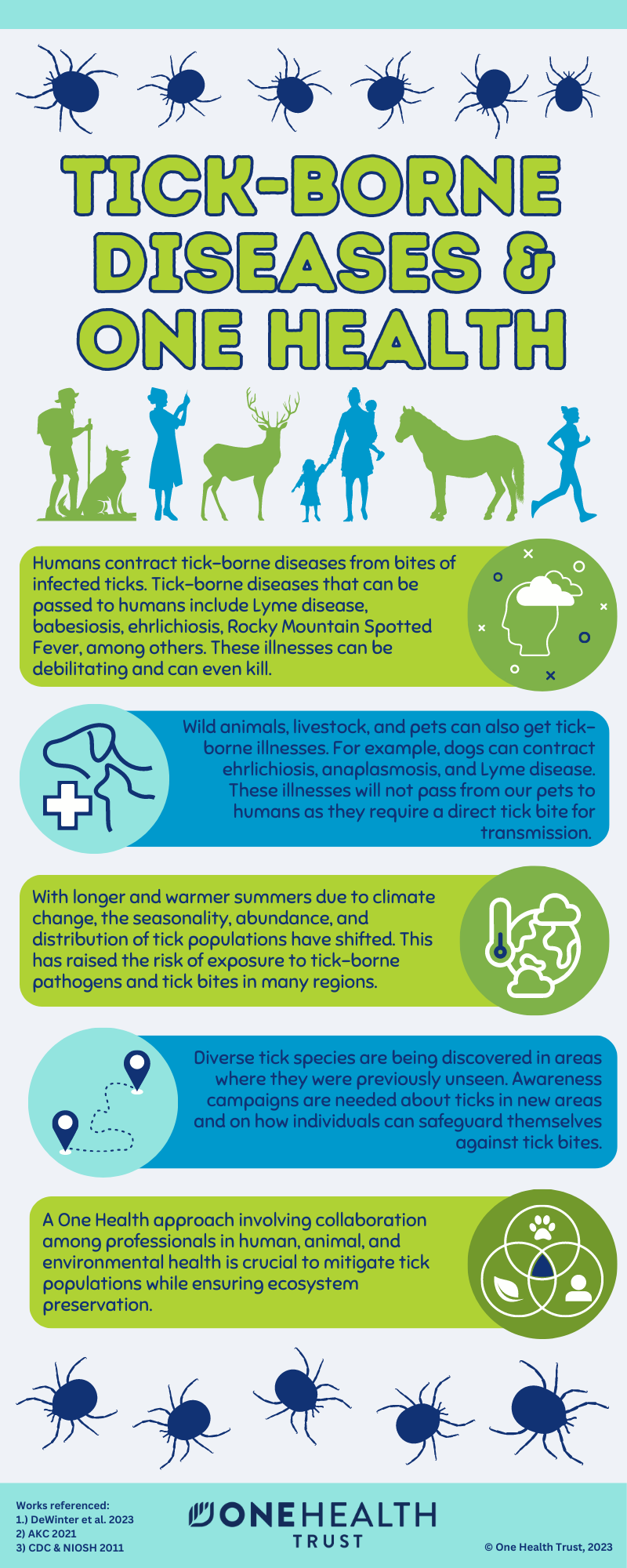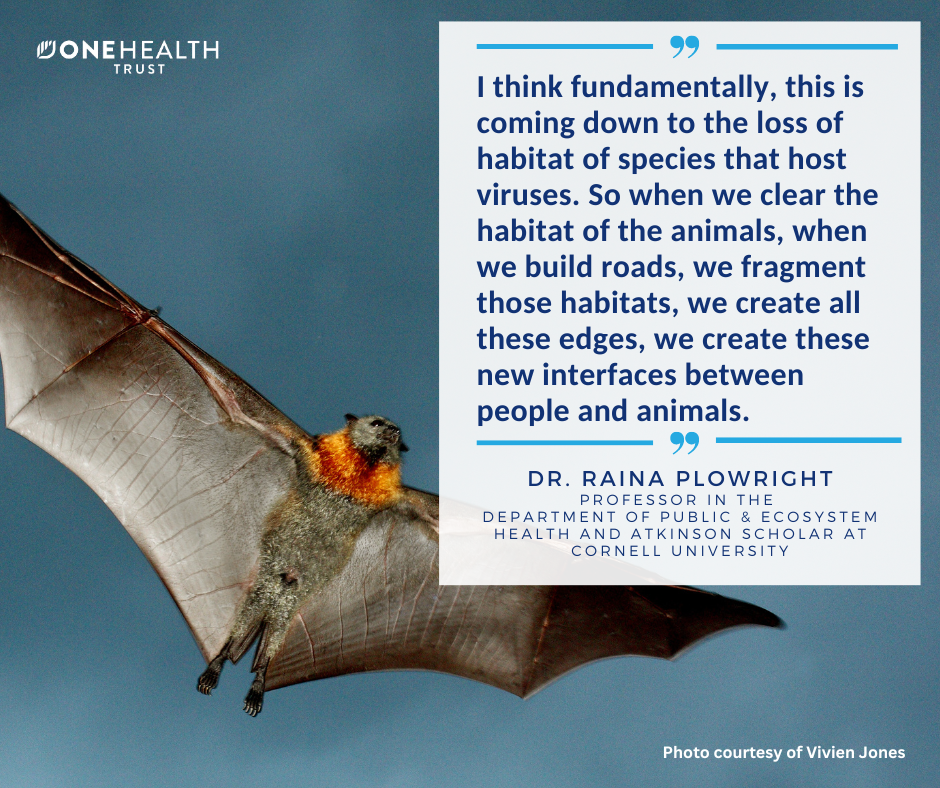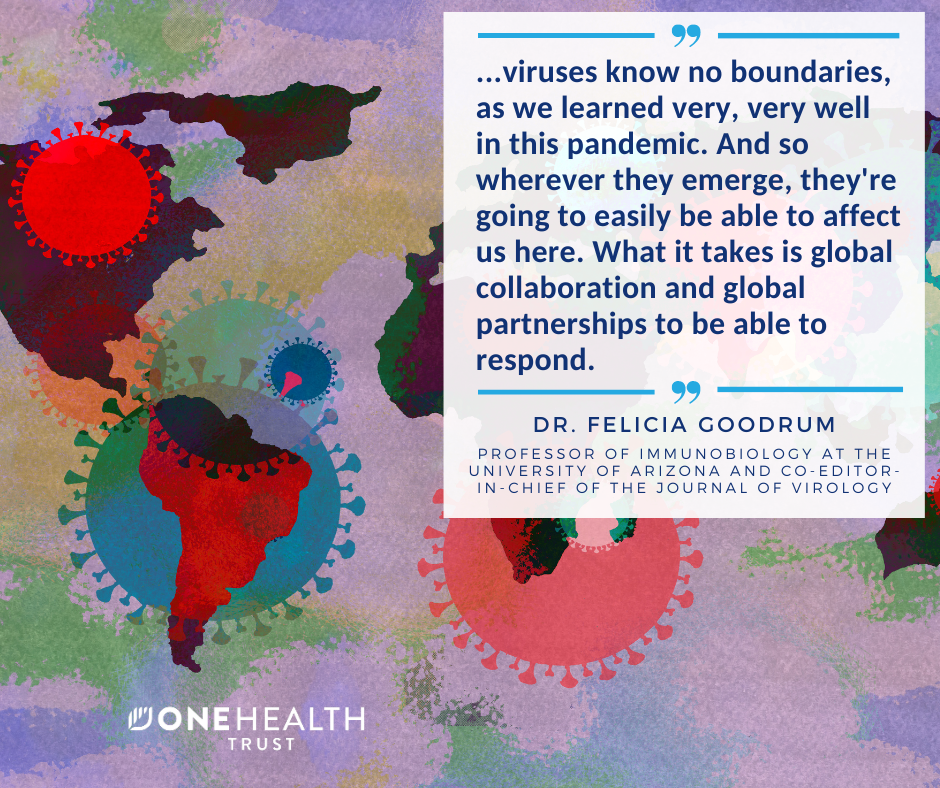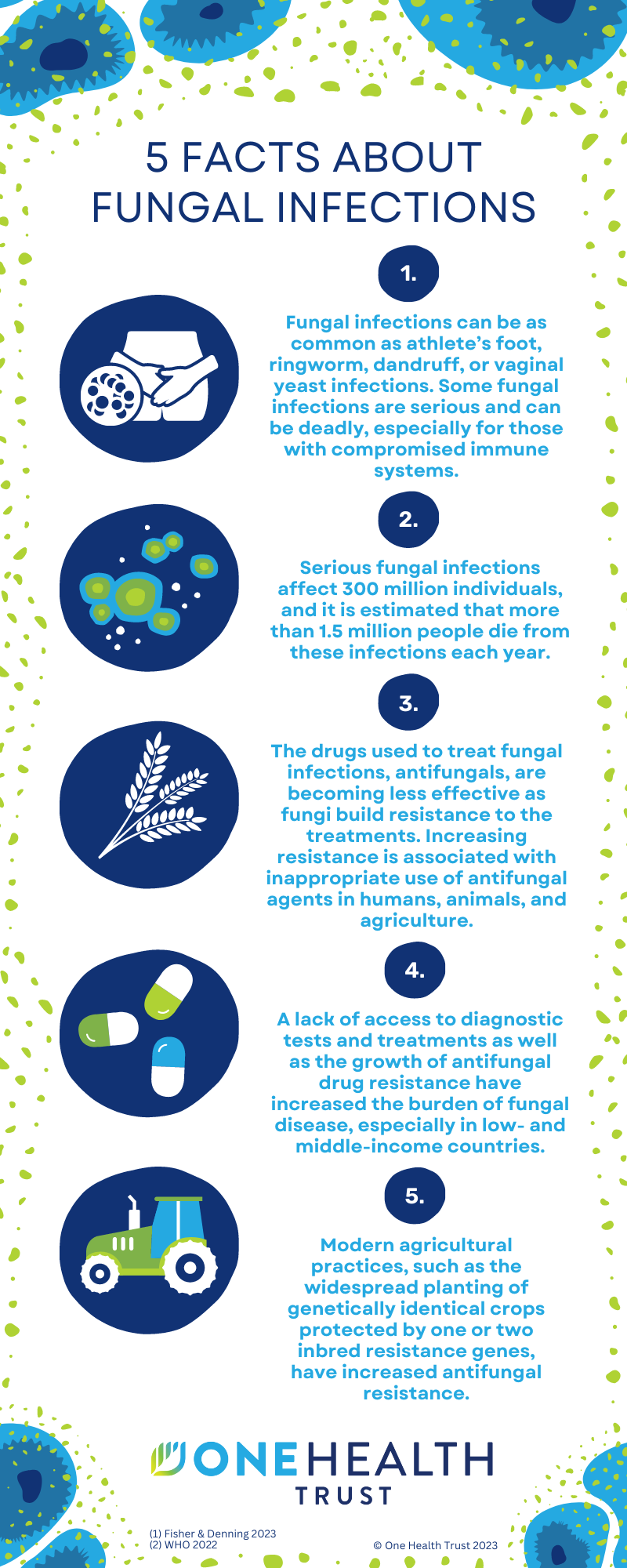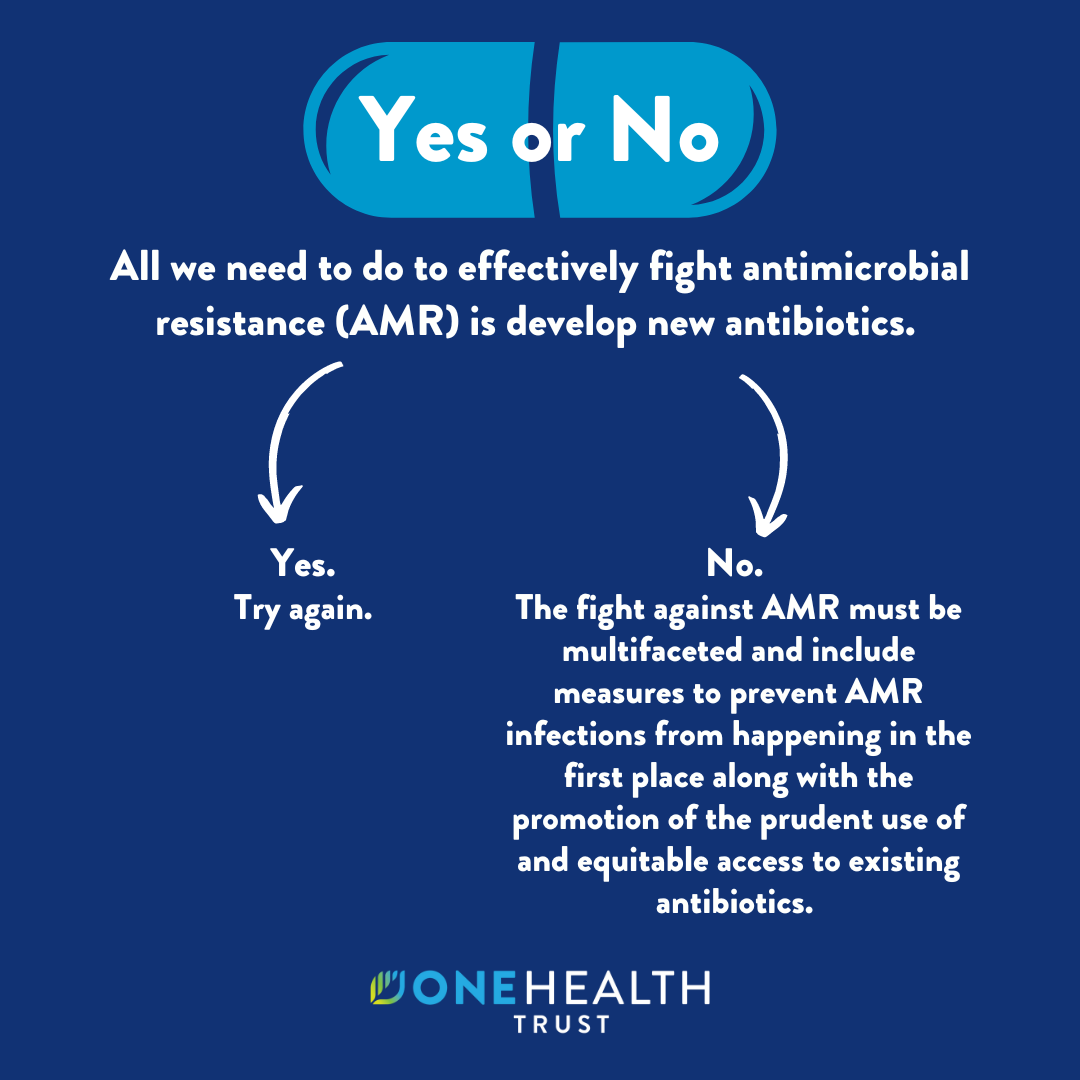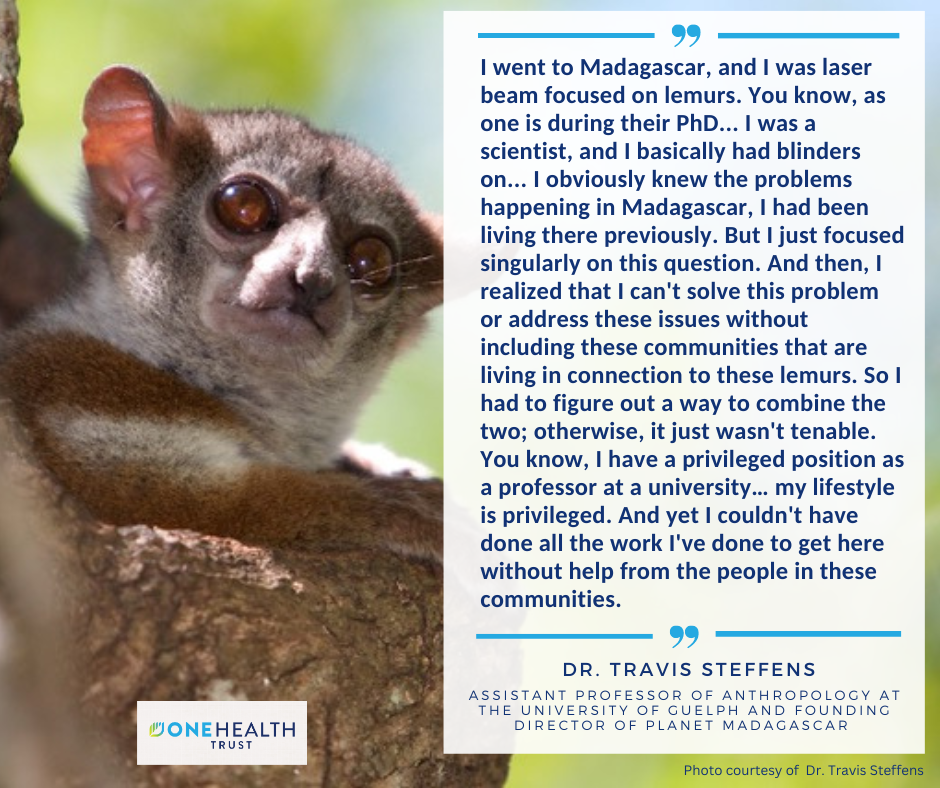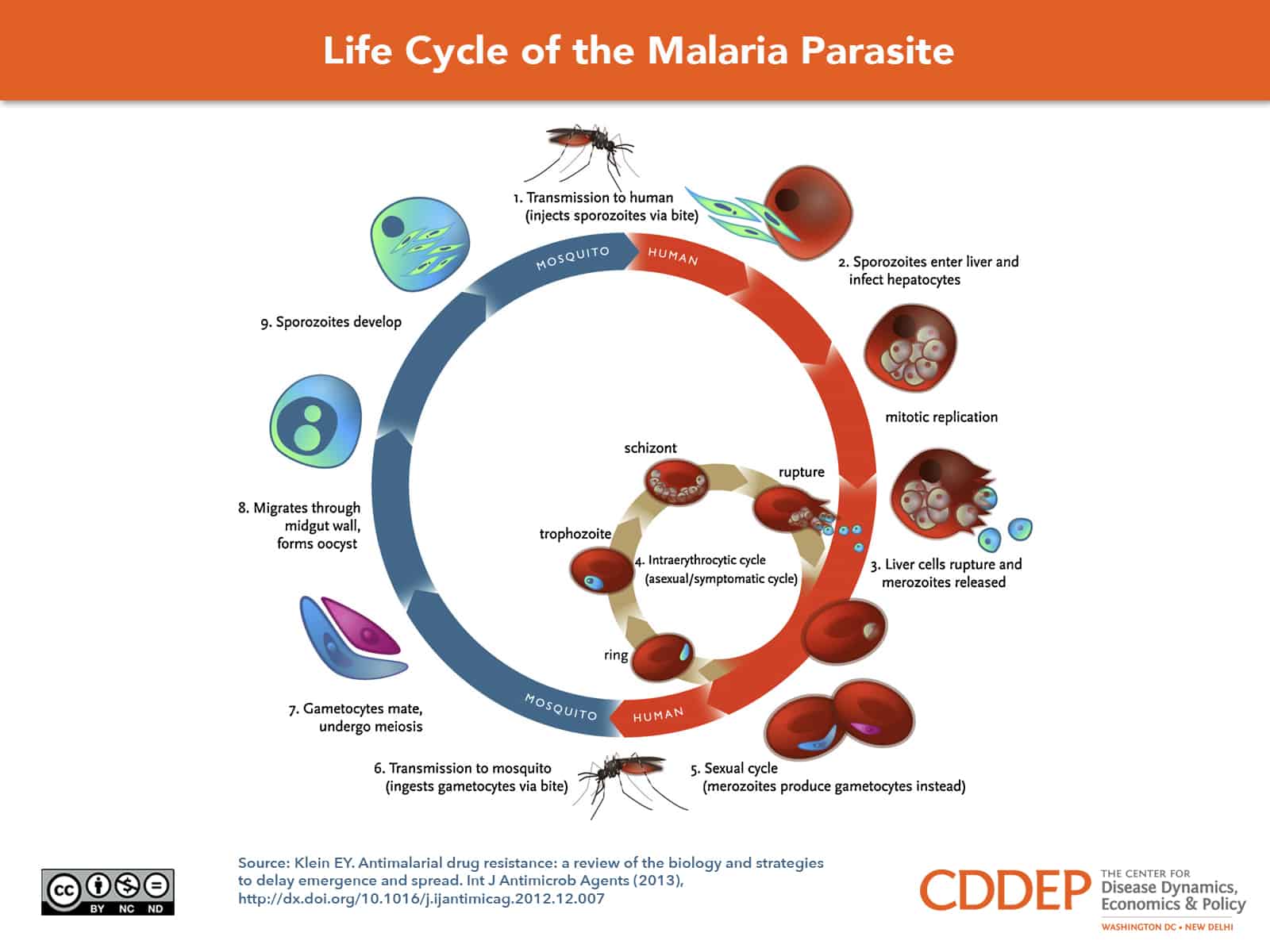
March 22, 2013
This graphic, from a recent paper reviewing current knowledge of antimalarial drug resistance, illustrates nine stages in the life cycle of the malaria parasite. The paper describes the cycle thus:
Transmission of malaria occurs through a vector, the mosquito, that ingests gametocytes the sexual form of the parasite when feeding on an infected human. Gametocytes, which are both male and female, mate within the gut of the mosquito and undergo meiosis and then migrate through the midgut wall of the mosquito and form an oocyst, within which thousands of sporozoites develop. These are then injected into a human during the next blood meal(s), where they rapidly make their way to the liver and infect hepatocytes and begin asexually (mitotically) replicating. After a period of ca. 6 15 days, the liver schizonts rupture, releasing thousands of merozoites into the blood where they invade red blood cells. Over the next ca. 48 h, the parasite begins replicating mitotically, progressing through a set of stages (ring, trophozoite and schizont), and produces an average of 16 new daughter merozoites per schizont. The schizonts then burst in near synchrony with other parasites, producing the characteristic fever cycle that embodies the clinical manifestations of the disease. With each replication, some of the merozoites, instead of producing new merozoites, develop into gametocytes, which can then infect susceptible mosquitoes, bringing the transmission cycle full circle.
Read the complete paper here.

